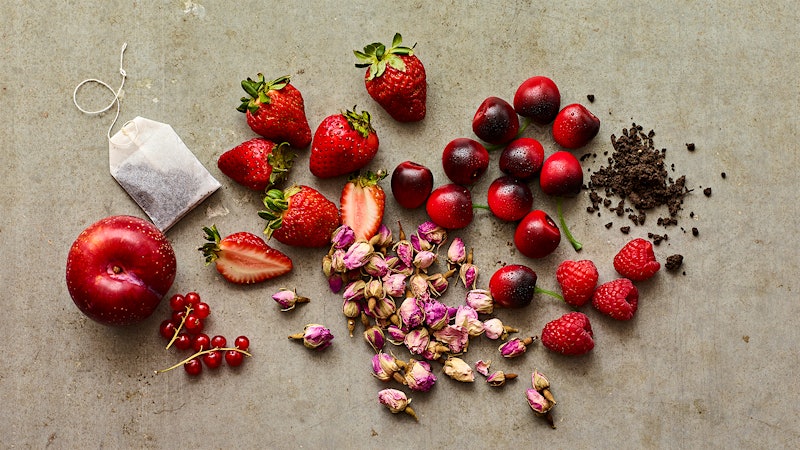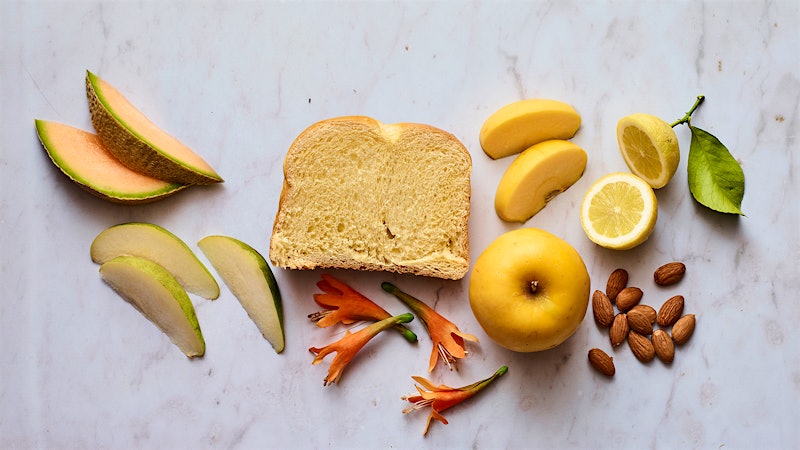[mer-LOW]
Characteristics
Merlot is one of the most important Bordeaux varieties along with Cabernet Sauvignon. It's fleshier and ripens earlier than Cabernet, resulting in softer wines with plush tannins and fruit. Bordeaux is the grape's native home, where it's the dominant grape in Right Bank appellations like Pomerol and St.-Emilion and plays a supportive role on the Left Bank. It has also gained an international presence, with a notable boom in California in the mid-1990s, both as a single-variety wine and as part of a blend. While France and California are the most important growers of Merlot, versions from Italy, Australia, Washington, New York and more are worth seeking out.
Merlot grows best in cool soils that retain moisture well, such as clay and limestone. It's a vigorous, high-yielding grape that demands careful attention in the vineyard in order to achieve quality wines with optimal fruit balanced by acidity. Because of its thin skin and loose bunches, Merlot is also susceptible to frost and rot.
Under ideal conditions, Merlot shines on its own, with ripe, rich fruit flavors including plum, blackberry and raspberry, and adds a layer of plush fruit and suppleness to Bordeaux-style blends. Hints of cinnamon or licorice may arise when Merlot is aged in new oak barrels.
Where it's grown

Merlot icons
- Bordeaux:
- Tuscany:
- California:
Suggested food fairings
- California Merlot: beef pot roast
- Bordeaux: roast duck
For more on Merlot
- Bordeaux's Top Guns
- California Merlot Makes Its Case
- Masseto's Magic
- Right Bank Bordeaux vintage chart
- California Merlot vintage chart
Get scores and tasting notes for recently rated Merlots












